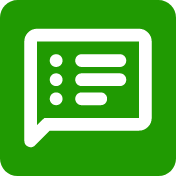Beginning Proficiency: Support students’ vocabulary understanding by creating a bilingual semantic feature matrix that includes translations of key words and features in both English and students’ home language. For example, if analyzing animals, the matrix might include “mammal/mamífero“ and “has fur/tiene pelo.” Introduce symbols beyond just “+” and “-“: use small pictures or emojis to show relationships (e.g., a checkmark, an X, and a question mark). Create a bilingual word wall that pairs each vocabulary term with its translation, a pronunciation guide, and a simple image. When students discuss their matrices, allow them to explain their thinking in their home language first, and then help them bridge to English using sentence frames like “This word has/doesn’t have…” / “Esta palabra tiene/no tiene…” or “I marked plus because…” / “Marqué más porque…”.






